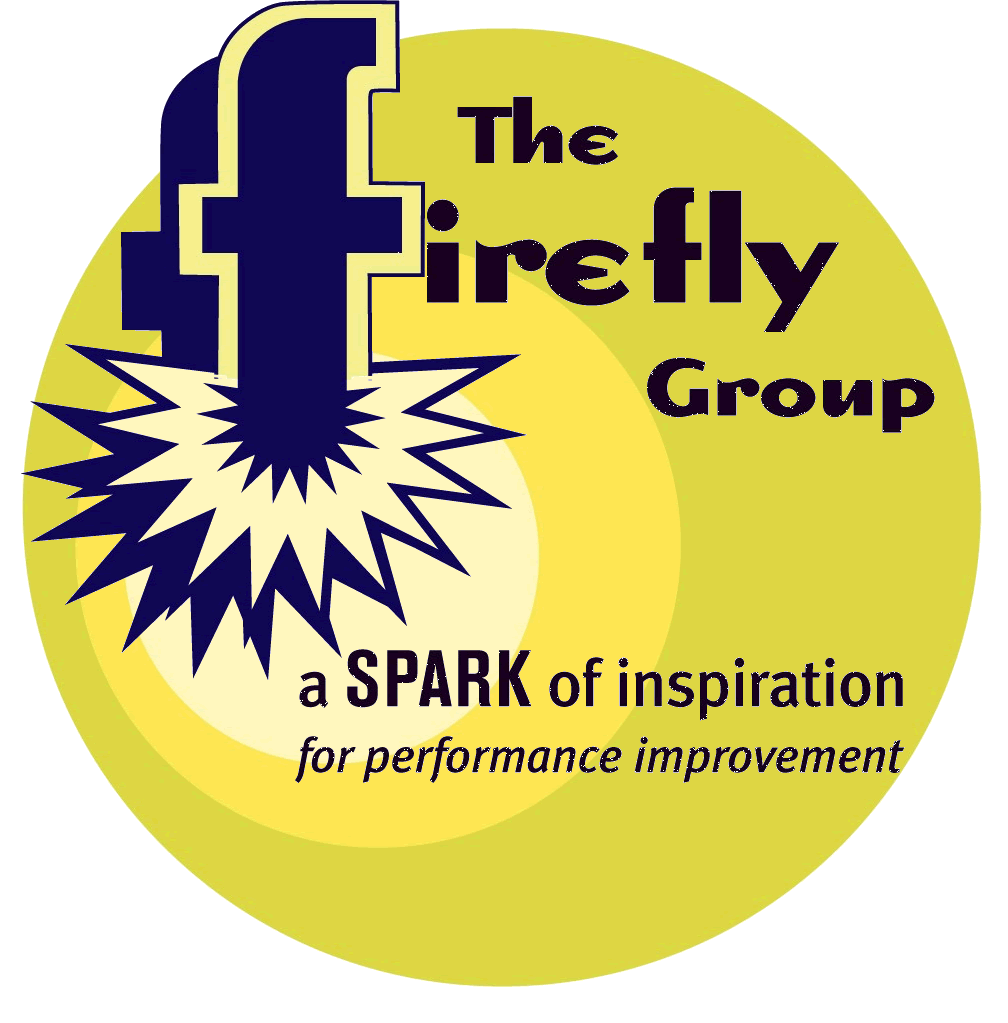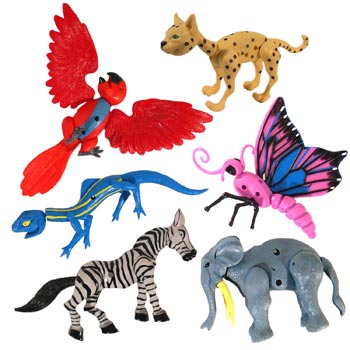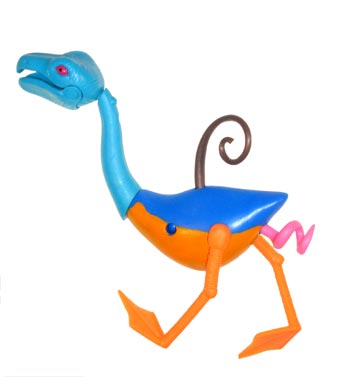


August 2008
In this Issue:
|
Say
It Quick |
Discoveries bits of serendipity to inspire and motivate |
Ideas fuel for your own continuous learning |
Activities tips and tricks you can try today |
| Looking and Finding | Zoomorphs | Learning Like Magic | You Animal, You! |
Say
It Quick
How might an interest in a particular animal become an
analogy for a successful life? Get one answer by reading this story about
Paul written in just 99 words. Then try it yourself in our Activities
column below.
Looking and Finding
Paul was a bird watcher. He especially loved raptors and had sighted hundreds of hawks - all kinds - over the years. But he had never seen owls in the wild. Not surprising since they are silent, stealthy, and nocturnal!
Then one day, driving across the state, he spotted an owl and slowed to catch the details. It was amazing that he noticed an owl in broad daylight. Even more amazing, though, was that he sighted four more that same day!
"When you are clear about what you are looking for," he explained, "You begin finding it everywhere."
 Zoomorphs
Zoomorphs
by River Dolphin Toys, Brooklyn, NY
www.zoomorphs.com
Imagine a handful of brightly colored plastic pieces - wings, horns, legs, antennae - that snap together into varied animal figures. You might begin assembling a tiger then become distracted. What if it had wings and pinchers? Soon you're inventing all sorts of bizarre creatures!
A great toy for
your nephew, Zoomorphs are also sophisticated enough to be a hit with adults.
Choose a set of safari animals, sea creatures, critters that fly, or pets
just to get started. Each set has all the parts for six different animals
plus extra pieces so you can mix and invent for hours. Build an animal when
you need a mental break at your desk. Take a pile of pieces to your next meeting
and satisfy those kinetically oriented colleagues. Create a mascot for your
team that represents how each member contributes to the group's goals. 
Zoomorphs are an infinitely flexible tool for exercising creativity and inventiveness. And, because we easily associate human characteristics to animals, Zoomorphs also inspire dozens of uses for teaching, group formation, and the analysis of experiences. That makes them a wonderful addition to the resource box of any trainer, facilitator, or team leader.
Learning Like Magic
In a few months, I'll use my set of Zoomorphs in an activity that I have never tested, with a group of people I have not met - and I guarantee it will be a success. How can I be so sure? Here's what I'll do and how I know it will work.
I'll be facilitating the first day of a leadership training series. When people arrive they will receive a sealed envelope containing one Zoomorph animal piece. At the appropriate time, they will open their envelope and look for other people who have similar pieces to make a realistic animal. (I'll look through the participant list beforehand to make sure the resulting groups are diversified.) Each group will discuss how the characteristics of their animal might represent the qualities of a good leader. We'll use those leadership qualities to guide our discussion for the remainder of the day. And the groups will evolve into peer learning support teams for the duration of the series.
I can plan this activity with confidence because of the power of metaphor and the way our brains work. Just as I know the leadership participants will be excited to move about the room to connect their plastic pieces to form an animal, I know the brain is designed to connect one thought to another to create learning. In fact, for each thought we have, our brain actually builds another connection between neurons. Use a metaphor, such as explaining how the characteristics of a camel are similar to the traits of a good leader, and all sorts of new connections are made as neurons begin firing.
So if you are ever at a loss for how to make learning happen, look for a metaphor and watch the connections get made - almost magically!
You Animal, You!
Use what you know about animals to learn about yourself. Start with this question: What's your favorite animal? Think about this creature and all the associations you have with it. When did you first learn about it as a child? Have you seen this animal in real life? Was it your pet at one time? What emotions does it arouse in you? What stories or myths feature your animal? Have songs been written about it?
Next list the characteristics of your critter. What special abilities does it have (speed, strength, stealth…)? Does it have a reputation for being wise, sly, or busy? Why do you like it? Once you clarify all your thoughts, I'll wager that you will find similarities between your favorite animal and some of your own best traits, qualities, or abilities. Perhaps you'll discover that's the reason you like your animal in the first place!
Now, I have no guarantee this will work for you. Even if it does, I'm not going to suggest you abandon your expensive therapist! But at the very least it may give you a new appreciation for your own abilities. Perhaps it will inspire you during the day's stressful moments. Maybe it will point to skills you would like to develop.
However you use these new insights you will have become clearer about the unique gifts you have to offer as well as their significance for other people. And when you do, please and share what you learned. I'd love to learn about the creatures (like you!) who read the Firefly News Flash!
Reader Feedback...
This activity works so well with many different groups. I used it extensively some time ago with small software implementation teams who came together for a short time. It was a wonderful "Kick off" - getting to know your team very quickly. Thank you for reminding me to use it! -- Harriet Whiting, Image Dynamics
Read previous
issues. Click Archives!
To add or delete your name to our mailing list, email
with a short note in the subject line.
We want this newsletter to be practical, succinct, and thoughtful. If you have suggestions about how we can meet these criteria, please let us know! Send us an with your thoughts and ideas.
Home
| Services
| Products
| Mission
| Ideas |
The Group
| The Buzz
(c)
2005 The Firefly Group